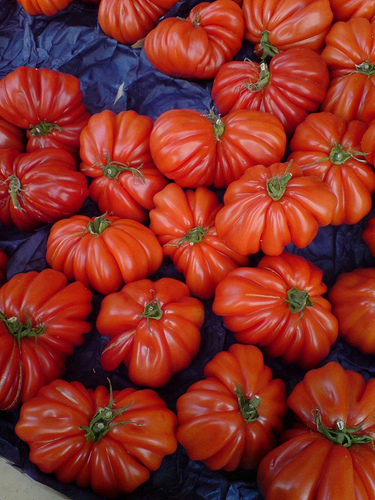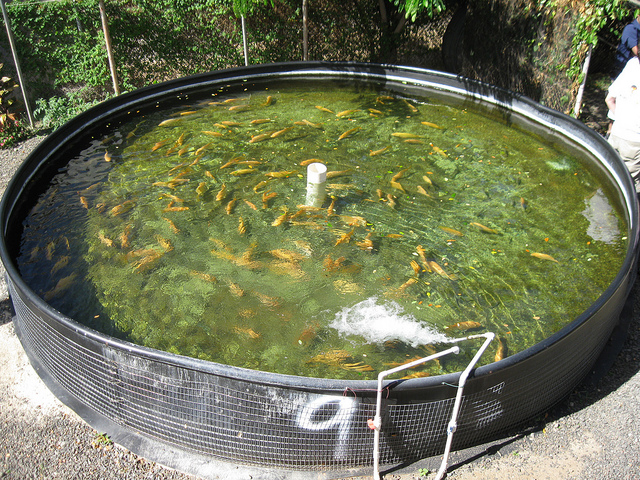Adaptation
Agriculture in developed countries is less likely to be vulnerable to climate change than in developing nations. In both places, the impact will depend on the nature of the climate changes, as well as the ability of agriculture to adapt through technological advances and changing food demand. For example, the management of water resources (see Module 8) will be critical for agriculture in arid and sub-arid environments facing increasing drought. Advanced soil management and crop rotations can also help maintain healthy soil conditions. In the following, we describe a menu of adaptation strategies that have the potential to maintain and increase food production over the coming decades.
Adaptation Strategies for Food Production
- Green farming: A number of environmentally friendly approaches have been very effective in Asia and Africa. These include the biological control of major insect pests, the development of hardy rice varieties, and drought and parasitic-weed-resistant crops.
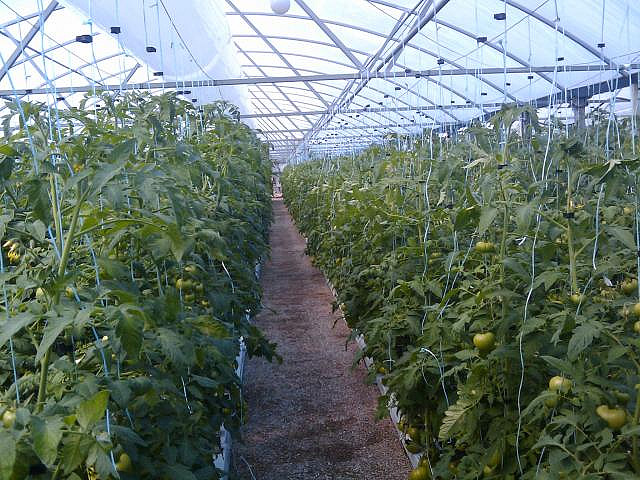
- Genetically modified crops (GMC) have been produced on over 300 million acres in 25 countries, more than half of which were in the developing world. GMC include crops that are insect resistant, herbicide, and drought tolerant. Proponents argue that GMCs increase productivity and reduce the need for pesticides, herbicides, and tilling. Nevertheless, environmentalists and others are concerned that GMCs may carry health risks. There have been no incidents in 13 years of production; however, this may be too short for health effects to emerge.
- Precision agriculture is the application of satellite data, geographic information systems and microcomputers to manage a variety of information including soil and crop conditions, application of fertilizers and irrigation, and the automated operation of machinery. These techniques have been applied in a variety of developed and underdeveloped countries in vineyards, vegetable and fruit farms, general crops, and pasture management for livestock.
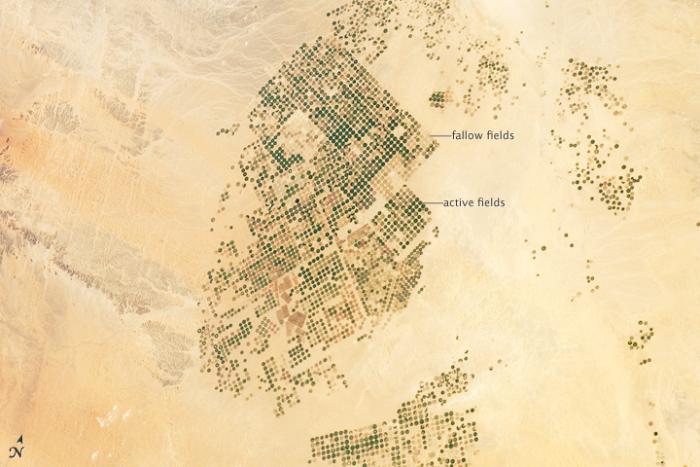
- Sustainable intensification is the production of more food from the same area of land while reducing the environmental impacts. This includes a combination of techniques that optimize output for example through reduced tillage, contour farming, mulching, and cover crops, and technologies to apply water, nutrients, and pesticides only where they are needed. In addition, the integration of management of pests for different crops, the management of livestock waste and the planting of forests can all be used to offset greenhouse gases.
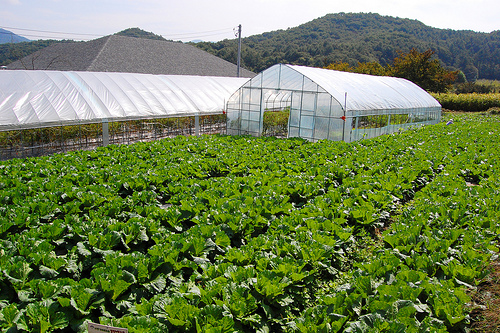
- Reducing Waste. In many parts of the world, considerable waste results from the inadequacy of storage techniques. Estimates suggest that 30-40% of food globally is lost to waste. In underdeveloped countries, decreasing this waste will require investment in cold storage facilities along with improved supply-chain management.
- Changing Diets. The demand for meat and dairy products has increased rapidly over the last 50 years, driven largely by counties such as India and China, resulting in a 1.5 times increase in the number of cattle, sheep, and goats, a 2.5 times increase in the number of pigs, and a 4.5 times increase in the number of chickens grown for their products. All of these animals require additional crops for their sustenance, thus the demand for meat and dairy is straining crop production. A diet rich in grains and vegetables is considered more healthful than one rich in meat. However, the situation is not as simple as advising all citizens to become vegetarians. A significant part of the increase in livestock is grass-fed, and the grasslands on which they live are unsuitable for other crops; pigs and poultry are often fed on human food waste. Moreover, meat is the most concentrated source of minerals and vitamins in developed countries. And in these locations, new breeds of animals are optimizing meat production. However, there have been a number of controversial proposals to reduce the production of beef, partly because of the health risks associated with high-fat foods and partly because of the greenhouse gas emissions of livestock.
- Aquaculture, mainly of fish and other aquatic species such as oysters and shrimp, is already a major source of food, providing nearly 3 billion people with at least 15% of their protein intake. The advantages include the ability to control the environment in which the fish and other species live and not have to worry about external factors such as pollution and changing ocean conditions. The technology stands to improve with advances in hatchery systems, refinement of stock to species that require shorter breeding cycles, and those that are more tolerant to a wider range of temperature and salinity. In addition, aquaculture does have negative environmental impacts, for example, releasing waste into the natural environment, which is a significant source of pollution. This can be improved by integrating land and ocean production; for example, using waste from the land as food and nutrients for aquaculture and concentrating on species such as oysters that produce less waste and use filtration to keep the water clean. Aquaculture is not yet a globally applied technique, and there is much to gain from its application in parts of the world such as Africa. This will take a major investment in infrastructure.
All of these approaches have been tested and yield positive results. However, their implementation will require decisions by governments as well as substantial investment. Such investment is most challenging in under-developed nations, where policies will need to be conducive to promoting family-run farms. Nevertheless, consideration of these approaches must increase for nations to attempt to feed their citizens in the face of population increase and climate change.

